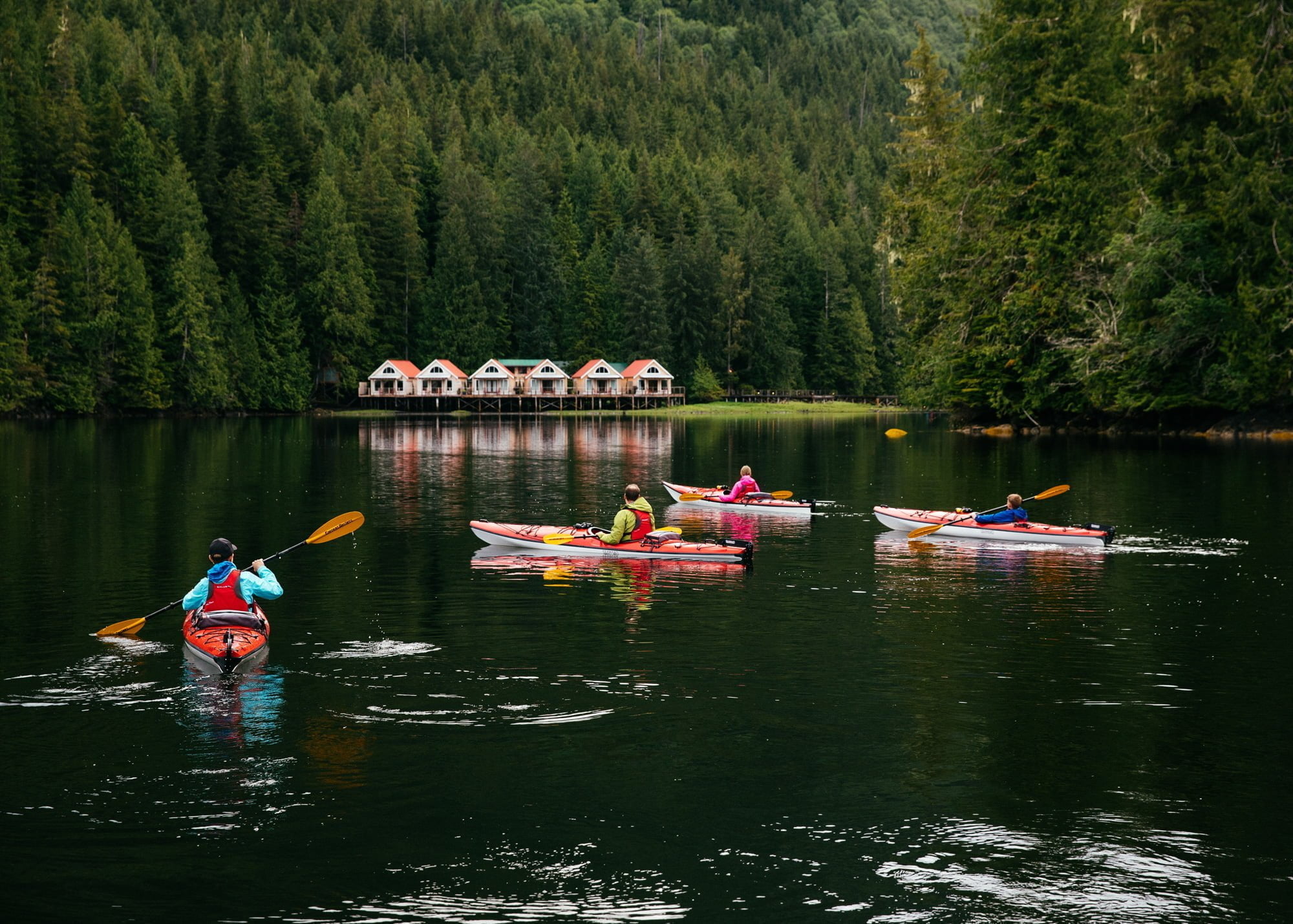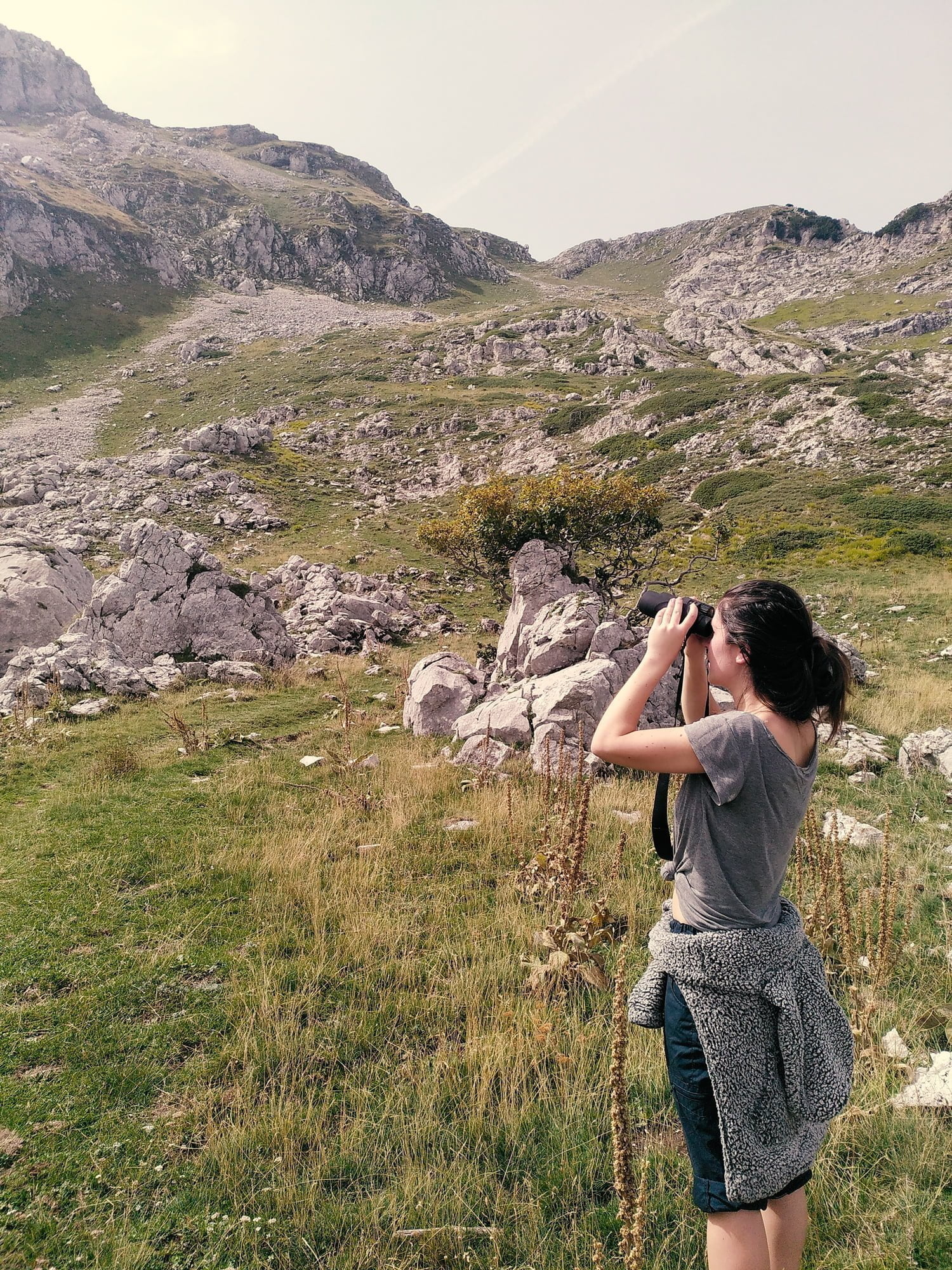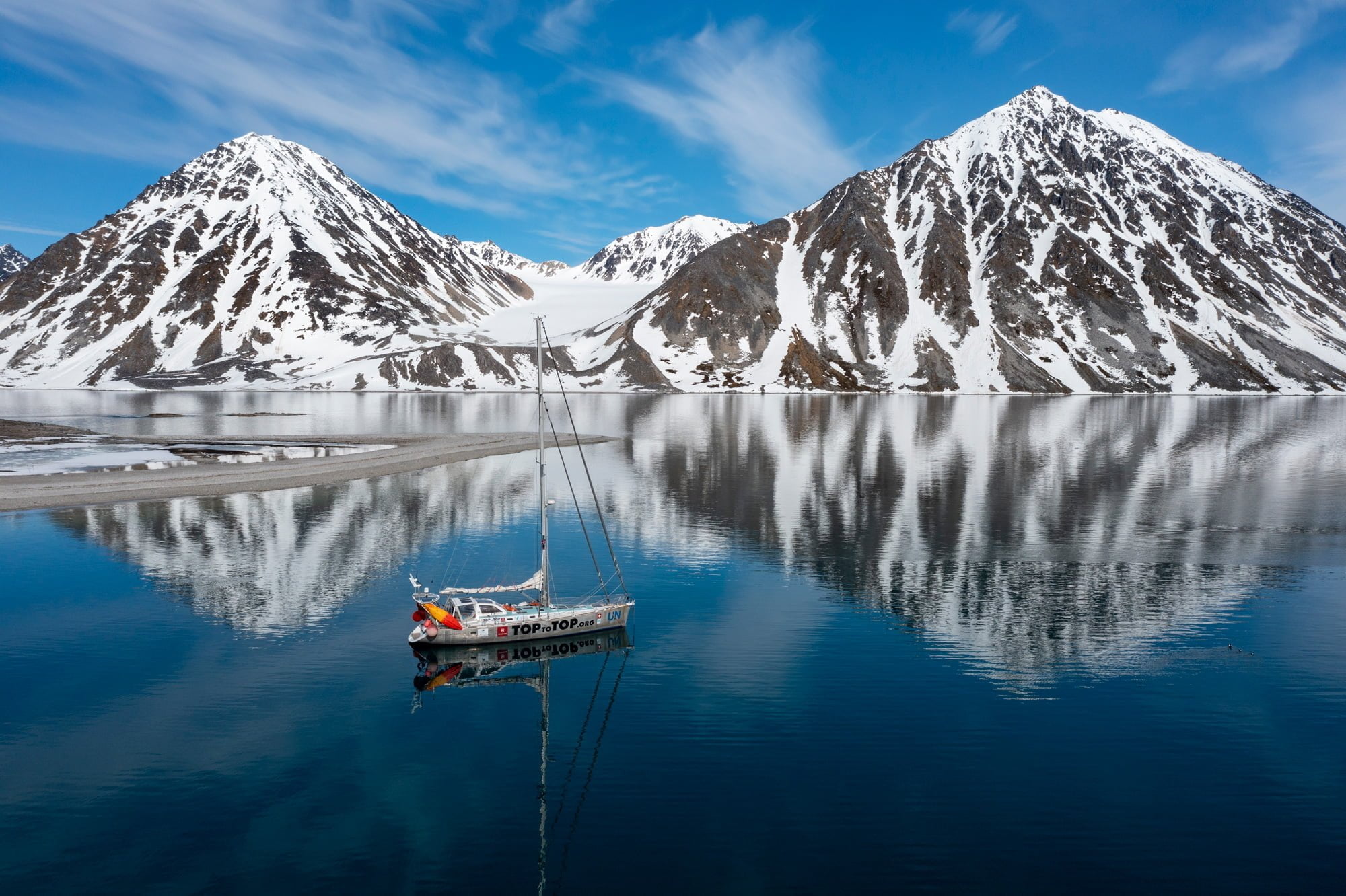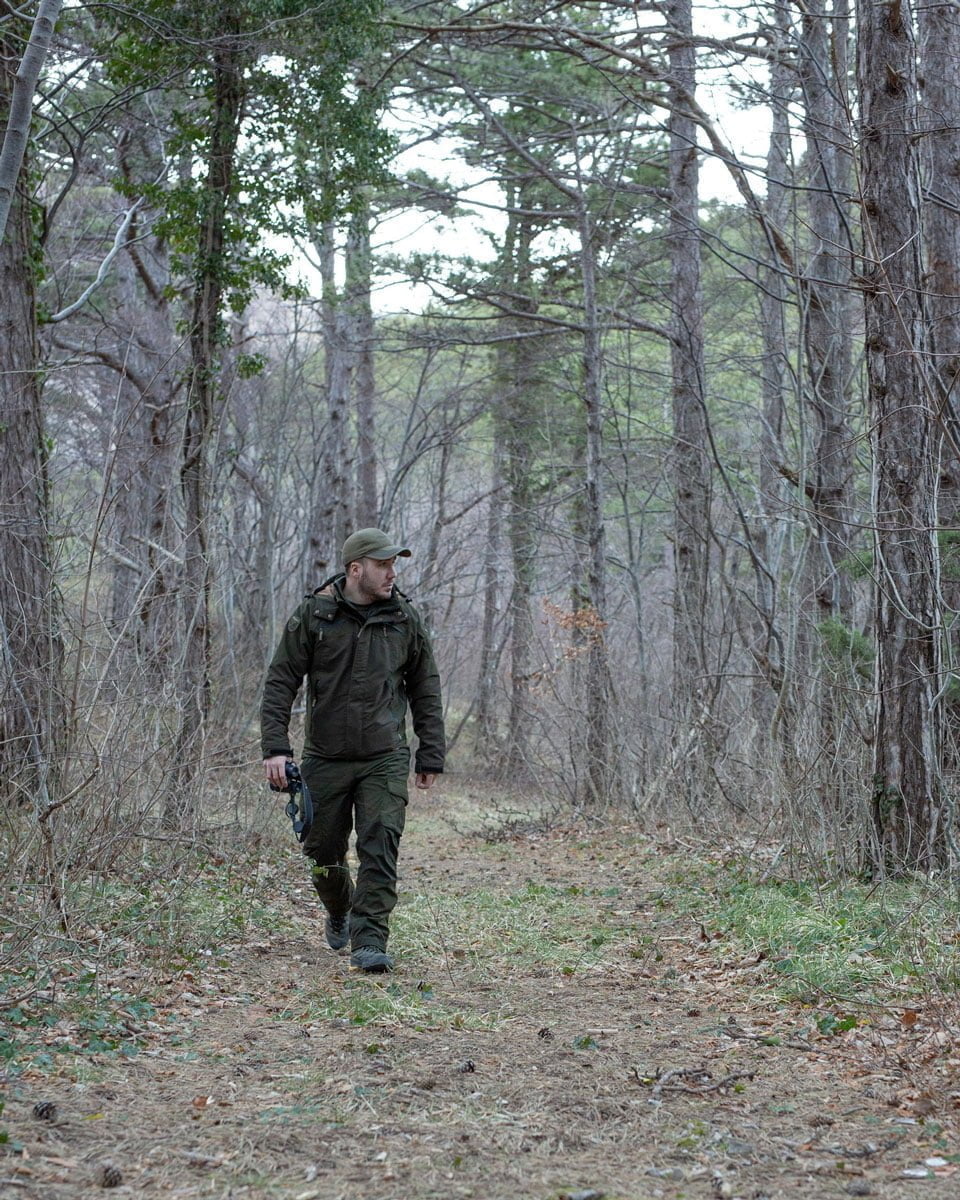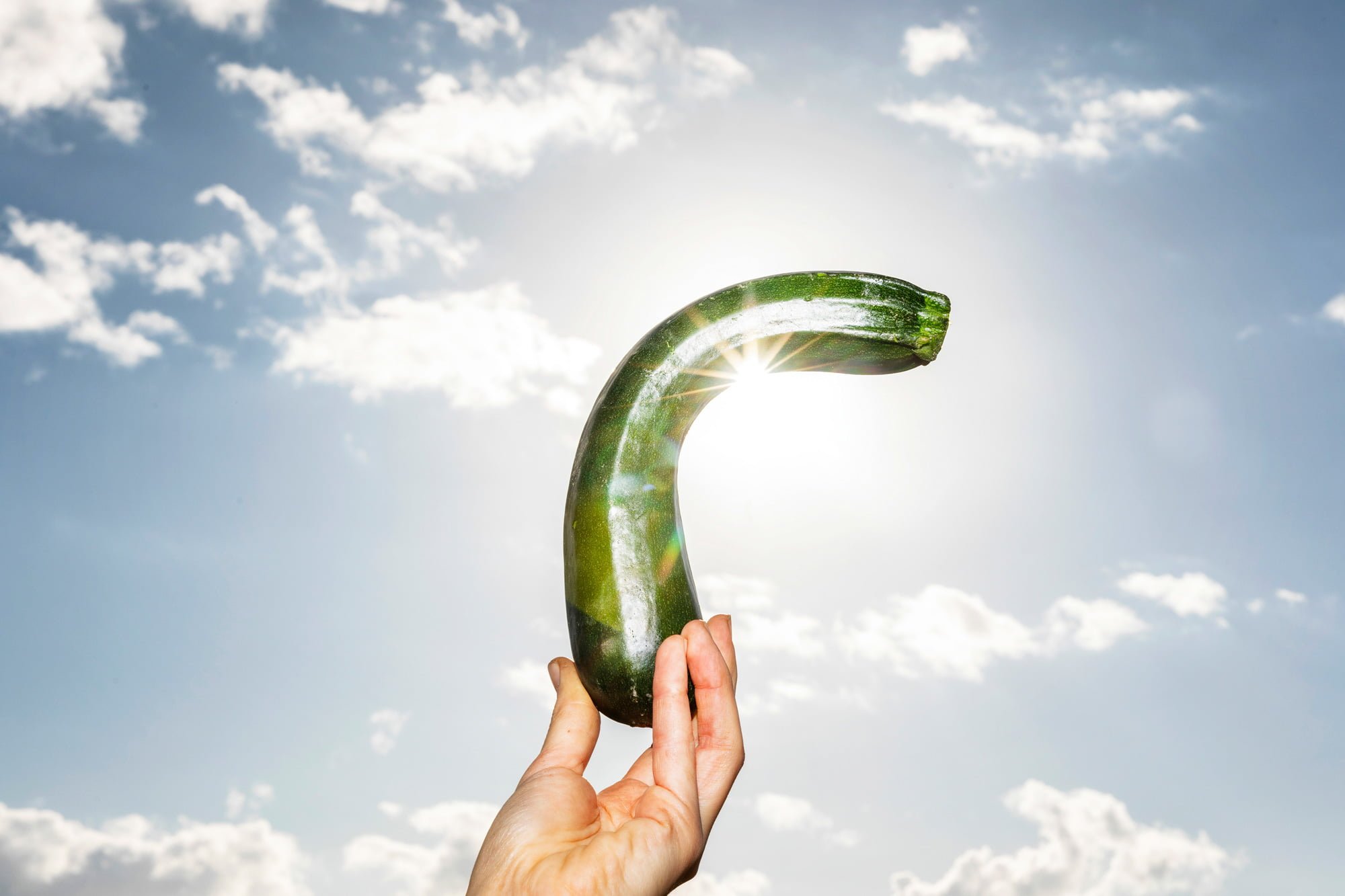When it comes to navigating the world by train, there’s no question too obscure for the Man in Seat 61. We met the online rail advice guru to talk about the future of travel – and why he just can’t get enough of trains.
In today’s world of travel, companies clamour to offer us the fastest, cheapest flights to the hottest destinations. As much as we like to tell ourselves that travel is about the journey, we seem prone to forgetting. Which is why, for the last two decades, Mark Smith has made it his job to remind us.
Better known as The Man In Seat 61 (it’s the best seat on the Eurostar, apparently), Smith is devoted to making train travel simple. His website, seat61.com, is a comprehensive catalogue of train journeys across Europe and beyond. More than that, it describes the practicalities of travel – visa information, costs, how to store your bike and where to buy tickets – alongside what you can expect to experience on the journey itself.

Mark Smith began his rail travel website as a hobby, now he does it full-time.

Smith calls himself an ‘avid reader’ of railway timetables. Photos: David Vintiner
These are all journeys that impatient modern travellers would probably do by plane. Beyond the quick hop from London to Paris or Brussels, we are more likely to take to the sky than the rails. But flying is carbon intensive – and the rise of flygskam (flight shame) shows that people are more aware than ever of the environmental costs. By demystifying the process of long distance train travel, Mark Smith hopes to encourage more people to stay land-bound.
“You’re doing yourself a favour travelling by train. It’s about what you get out of it”
Mark Smith
“The message that I try to give is that you’re not donning a sackcloth and suffering to save the planet – you’re actually doing yourself a favour,” says Smith. “However superficially you think planes are quicker and cheaper, life isn’t about quicker and cheaper. It’s about what you get out of it. It’s not really quicker and cheaper if you remove all experience from your life. It’s a waste.”
For the love of trains
The Man in Seat 61 wasn’t born of environmental concerns, but rather of a love of train travel itself. Smith spent his late teens travelling around Europe on Interrail passes, and describes himself as an “avid reader” of European rail timetables. In his university vacations he worked for an international rail ticket agency in London, before eventually joining British Rail and becoming station manager at Charing Cross and London Bridge – two of Britain’s busiest stations – in the mid-1990s.
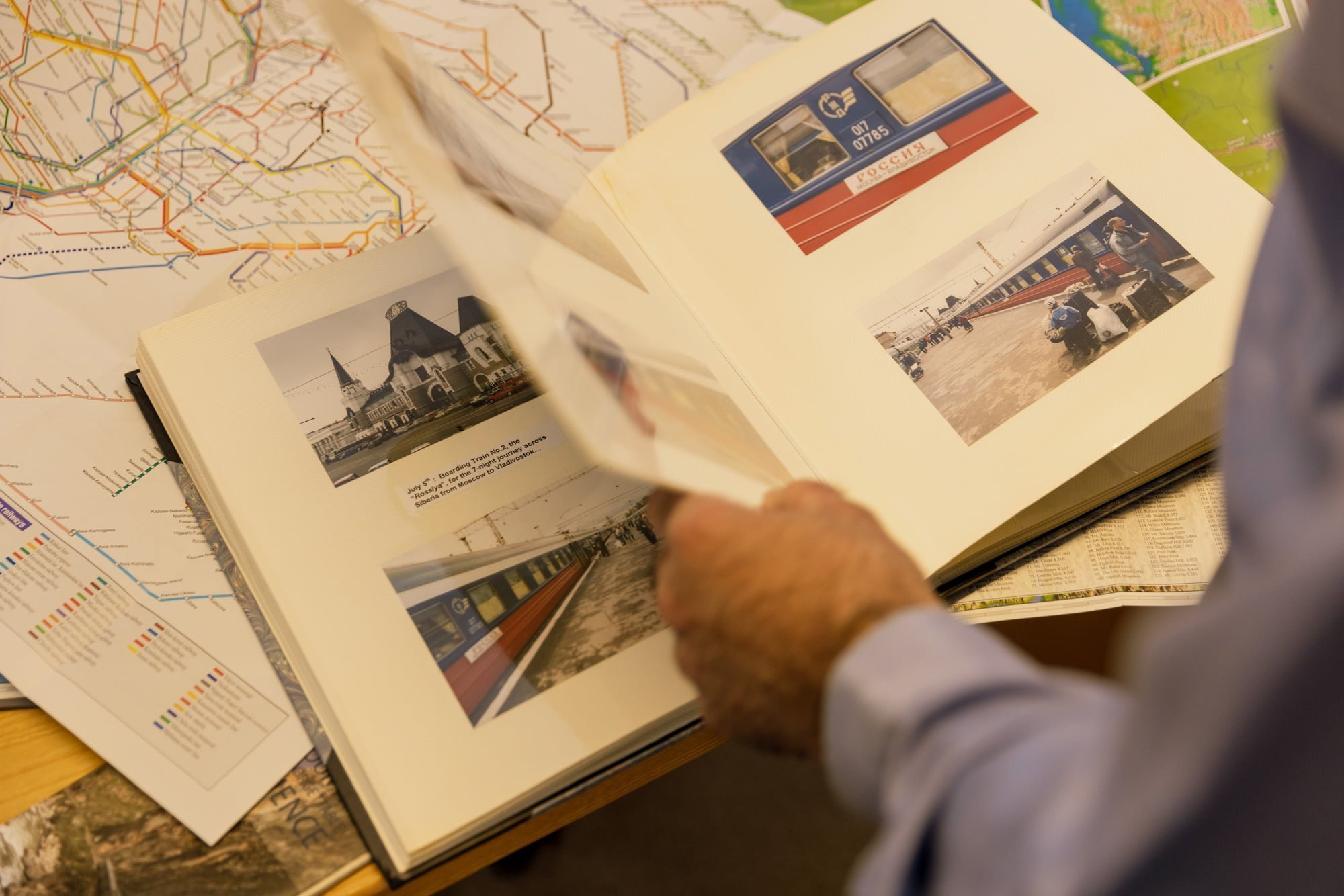
Every journey is full of stories. Photo: David Vintiner
In those days, he says, train travel wasn’t so complicated. Fares were based on the length of the journey: “An operator such as British Rail International could use a biro to write blank tickets from London to Istanbul, London to Rome, London to Helsinki,” he recalls.
But that all changed with the introduction of budget airlines, who learned the trick of dialling prices up and down in response to supply and demand: so tickets on underbooked flights are shockingly cheap, but the last seat on a popular route is shockingly expensive. To offer the same kinds of discounts, rail companies had to change the way they operated. “Suddenly, Europe disintegrates into 50 different booking systems, and you need to use the right system to source the right ticket for the right train,” says Smith. In other words, what was once a simple process became a convoluted problem, almost impossible to solve without specialist knowledge. Air travel, on the other hand, was more accessible than ever.
“You get mysteries and romances set on trains and ships. The only thing set on planes is disaster movies”
Mark Smith
Hours well spent
The Man in Seat 61 was set up in response to this problem – first, as a hobby, but then as a full-time job, as soaring web visitors meant that Smith was able to earn a living by earning commission on guidebooks. It’s a simple, unshowy site that feels like what it is: one guy sharing his knowledge for the love of it. Even today, when Google Maps and websites like Rome2Rio can help to plot unusual journeys, The Man in Seat 61 remains distinctive, with its authentic handmade feel, and focus on the pleasure and experience of taking the train.
“You can interact on a train or a ship, which you can’t really on a plane, which is why you get mysteries and romances set on trains and ships. The only thing that’s set on planes is disaster movies,” says Smith. On one occasion he ended up getting invited to the hypothetical future wedding of a barman in Egypt, after falling into conversation about whiskey and vodka on a dusty, run-down train along the Nile – an experience that’s hard to imagine taking place in an aircraft.
“I have no problem sitting on a train for a day,” he says. “I have things to do, I can remain connected. People seem to think that if they take a flight, those hours disappear and they don’t have to live through them. But of course there are 24 hours you have to live through every day, wherever you happen to spend them.”
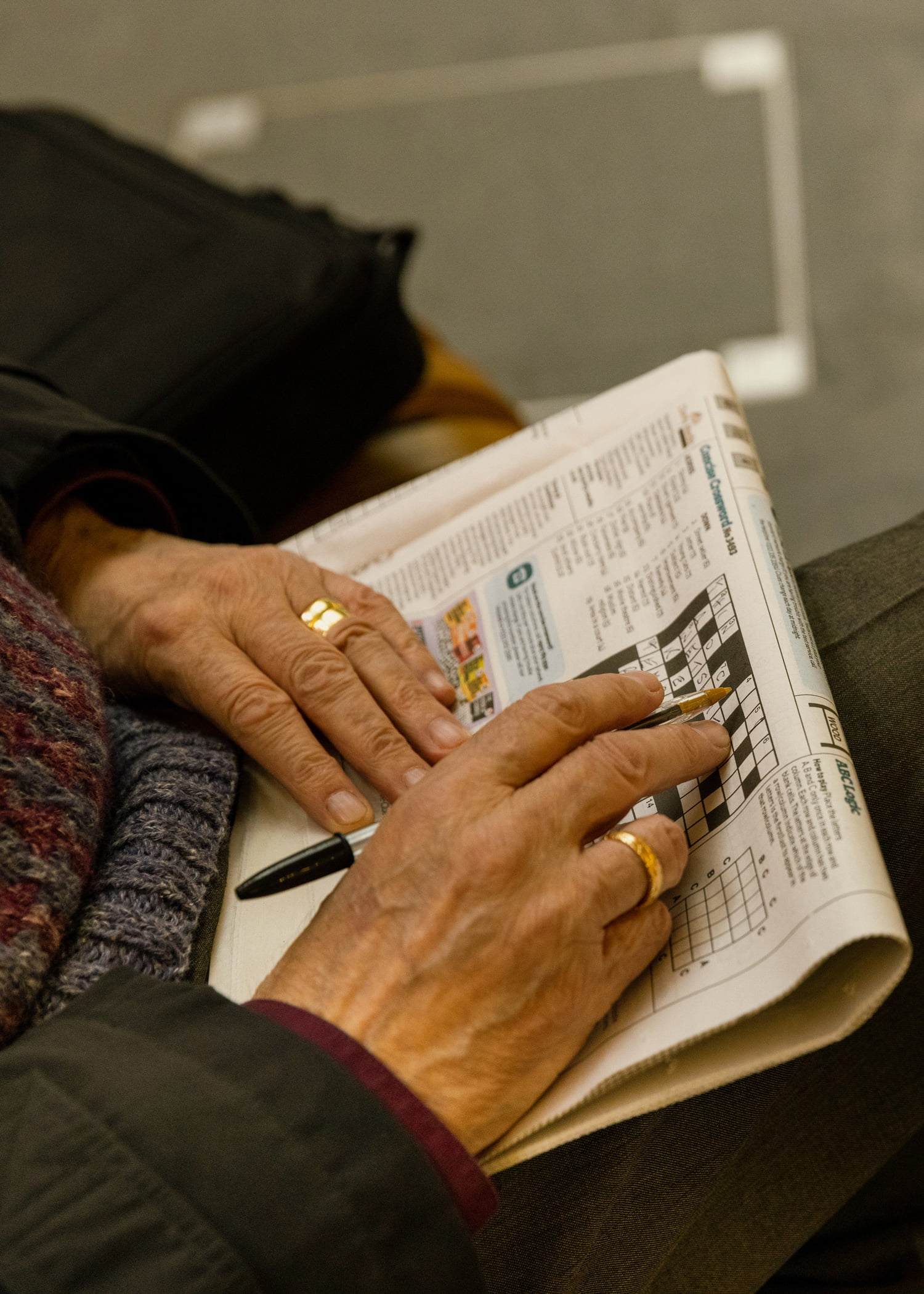




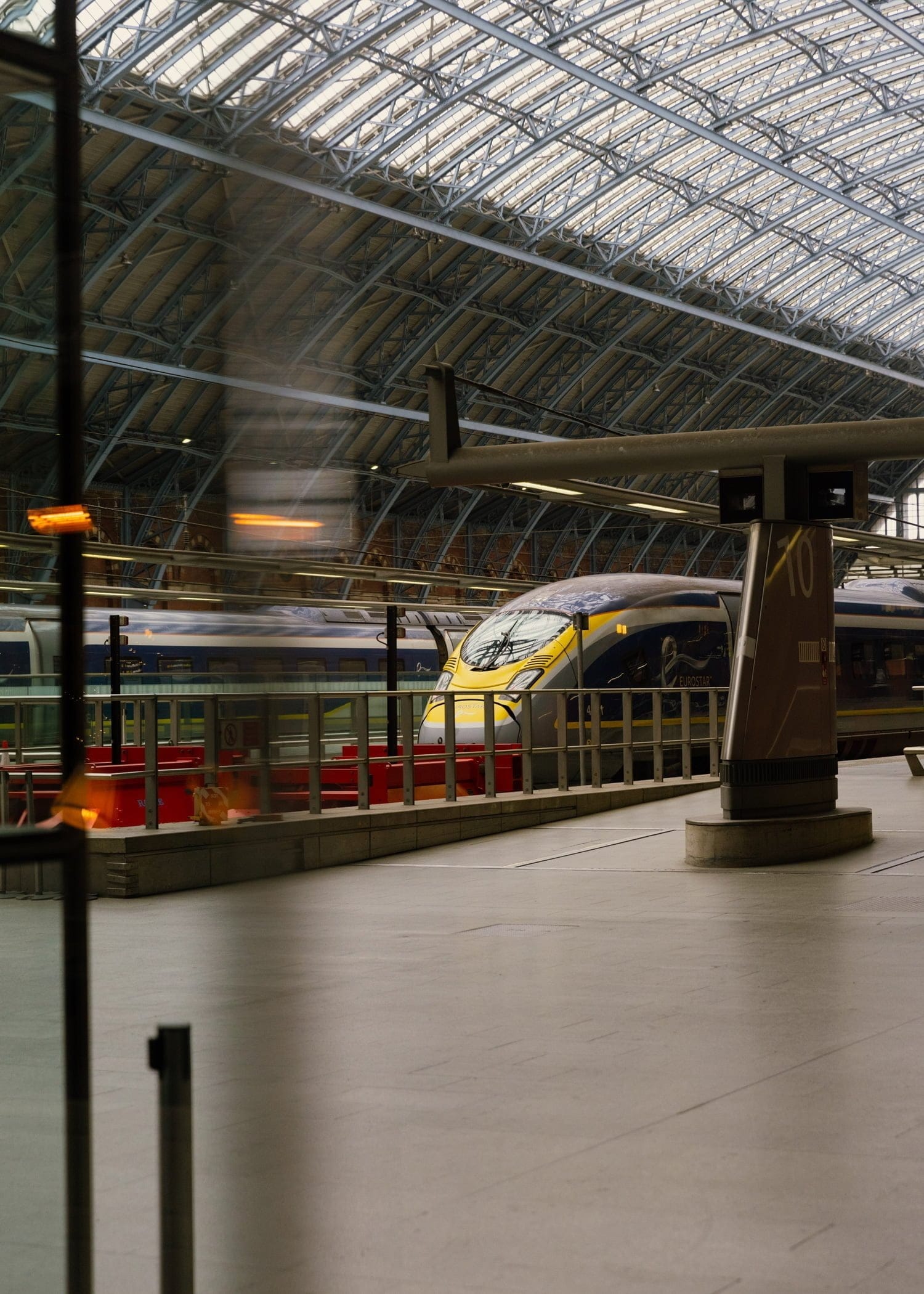






He believes that it is the combination of pleasure and guilt that will ultimately force travellers to change their behaviour. “There might be some true eco-warriors who would suffer to lower their carbon footprint, but I suspect, for the average Joe, it’s 80% looking for a better experience with 20% thinking, ‘isn’t it good I’m cutting my carbon footprint?’”
Making travel slow again
Even so, it will involve a shift in how we think about our voyages. Before the arrival of planes, it would take two weeks to travel to India by boat – modern travellers would do well to enter a similar mindset, says Smith. “You don’t go to Athens for a weekend – you go to closer places for a weekend, and you save going to Greece for a week or two. And at the end of the day, do you really need to have your stag party in Prague?”
As for Smith – who lives less than two hours from London’s St Pancras International Station, Britain’s rail gateway to the world – he no longer takes planes in the UK or Europe. Not even the arrival of young children has dimmed his enthusiasm for train travel; he points out that, unlike planes and cars, seats on a train are often arranged facing each other around a table, creating better opportunities for family time. He will occasionally take long-haul flights when there’s no realistic alternative – but, even so, he has arrived in New York more times by sea than he has by air, and has even managed to get to Japan overland via the Trans-Siberian Express.
Committing to savouring the journey is ultimately “quite liberating”, he says, because “you don’t need to think about it or worry about it or compare prices. You just know you’re going to be travelling by rail, and you just need to find an affordable price.”
All aboard!
Explore rail routes on the Man in Seat 61’s site
seat61.comThoughts from our community
We’re planning a lengthy (and much delayed) trip to Europe next year, mainly using trains. Seat 61 is being consulted.
My most memorable train adventure was a trip from Hong Kong to Copenhagen, going through China, the former Soviet Union, Poland, East- and Westgermany (yes it was before 1989). Great experience!
His site is really great, you can feel like traveling just by reading his suggested itineraries!
How can I get to Hawaii by train?
Thanks Mark, you helped me to get from Moscow to Warsaw nearly 20 years ago.
I’ve used his advice on trains in Belgium. Eased a lot of planning and researching on my part.
His site has formed the backbone of many overland trips (including London to Hong Kong). Always grateful for his efforts.
CONSCIOUS TRAVEL



